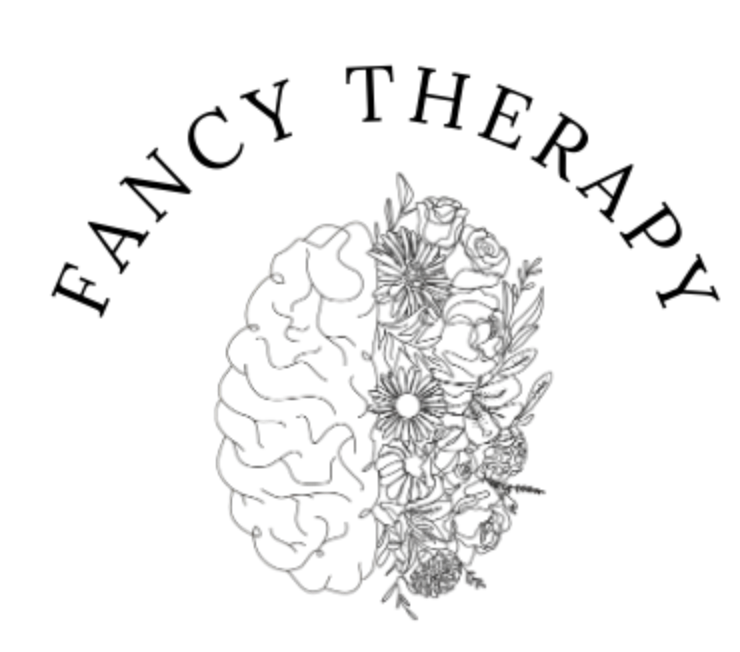Coping Strategies to Build Resilience for Trauma Survivors: Part One
When it comes to navigating the intricate landscape of trauma healing, the therapeutic journey extends well beyond the walls of the therapy room. While trauma therapy with a qualified professional is often an essential compass to guide you, the pathway to living in recovery is marked by the work you do to reach milestones of well-being like resilience, self- compassion, and self-discovery.
If any of these experiences seem far away, that’s understandable – but you don’t have to go it alone. The best healing outcomes tend to occur through developing a safe, reparative therapeutic relationship that empowers you to weave new insights and coping skills into everyday life post-trauma.
Learning practical strategies to manage and maintain your mental health in the aftermath of trauma will help equip you with the tools you need to fortify your resiliency during therapy and beyond. The best part? They’re more than just techniques; they’re glimmers of hope leading you toward a better, brighter future – whatever that looks like for you.
So, consider this blog post a starting point for packing your personalized survival kit while embarking on a trauma therapy expedition.
Nervous System Regulation
Like most mental health concerns, we tend to look at the negative impact of trauma as a problem exclusive to the mind. While traumatic exposure and experiences can certainly affect our thoughts, moods, and views about ourselves and the world, the aftermath of trauma has implications for our entire body as well. After all, trauma responses are moderated by the autonomic nervous system, which operates as your body’s threat detection and response team.
When our nervous system perceives that we are in danger, which could be anything from a near-death experience to getting yelled at by an employer, unconscious physiological and neurological processes occur to prepare a protective response, often categorized as the fight, flight or freeze states. In the moment, such stress responses are incredibly adaptive for helping a person survive. In an ideal world, everyone who encounters traumatic events would “complete” the stress cycle once the moment has passed by calming their nervous system and returning to equilibrium – the body’s preferred state.
Consider for a moment the way many other animals process their stress; after surviving a dangerous encounter with a predator, many species literally “shake it off” by trembling temporarily to release stuck stress hormones that spike during fight or flight. Humans are also known to shake with fear during and in the aftermath of shocking experiences. It may help to think of it as a hierarchical line that runs vertically; fight or flight (hyperactivation) responses are at the top, while freeze or collapse stages are at the bottom. Under traumatic distress, you might hover at either extreme or rocket between the two as your body tries to restore balance. Given the proper support, you can learn skills to help regulate your nervous system – and, by extension, your emotions – to rebuild your sense of safety.
You might be thinking, “Okay, great… but HOW?” and the honest answer is that what works to regulate the nervous system will be different for every person. It may take some trial and error to discover what tools suit your needs best, but fortunately, we have a ton of clinical, science-backed research to help fast-track your search. Below are just a few examples to get you started!
Somatic Exercises
Trauma survivors often experience a profound sense of disconnection from others, the world, and their bodies. While there are systemic injustices that make it difficult to navigate our external environments and interactions with complete safety, fostering safety from within can be a powerful way of reclaiming agency after trauma. Somatic exercises are body-based tools designed to help clients reconnect with the self by tuning into bodily sensations using sensory stimulation in the present moment.
Grounded in somatic experiencing or somatic therapy, an evidenced-based trauma therapy modality, somatic exercises can help facilitate healing using a bottom-up approach, which prioritizes tackling trauma symptoms in the body before moving into the cognitive aspects. That said, somatic sensations and thoughts are not mutually exclusive – they are intrinsically connected, so you might benefit from a holistic approach that blends techniques of the mind and body.
One such practice includes the butterfly hug, a self-soothing tool wherein you cross your arms over your chest and gently tap your hands, alternating side to side as you breathe deeply. You can even add a cognitive benefit by repeating a soothing phrase, either out loud or in your head, that might sound like some variation of “I’m okay” or “I am safe.” The bilateral (side-to- side) movement is known to reduce stress and calm the nervous system. For a video example of the butterfly hug and two other similar exercises, please follow this link- https://www.youtube.com/watch?v=qxuDrgvXBTs and give it a try yourself.
If you’re interested in learning more about somatic experiencing, feel free to reach out to a psychotherapist who can support you with resources for your trauma recovery. Otherwise, stay tuned for part two of this blog post, which will cover a few other coping skills to build resilience!




